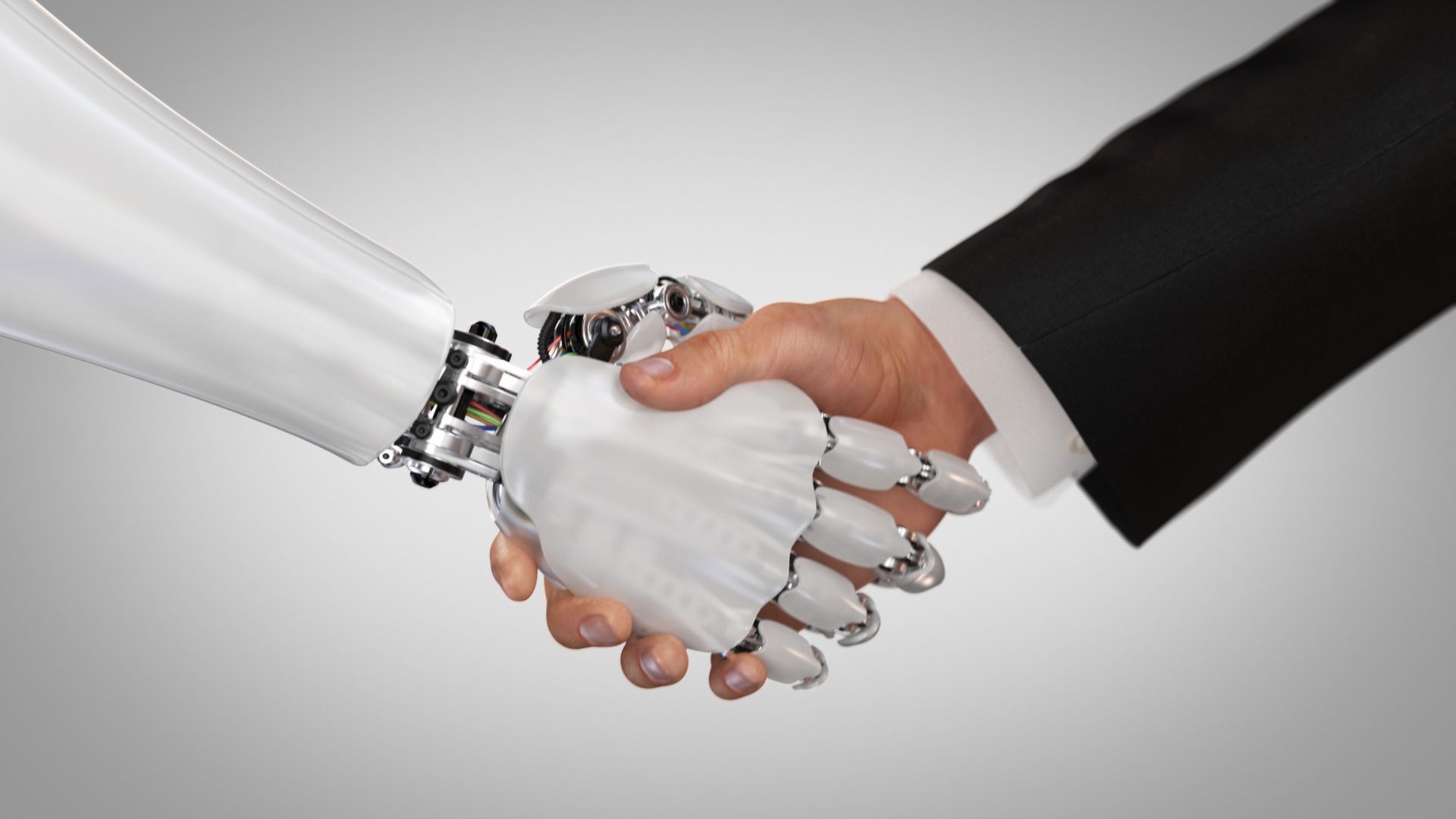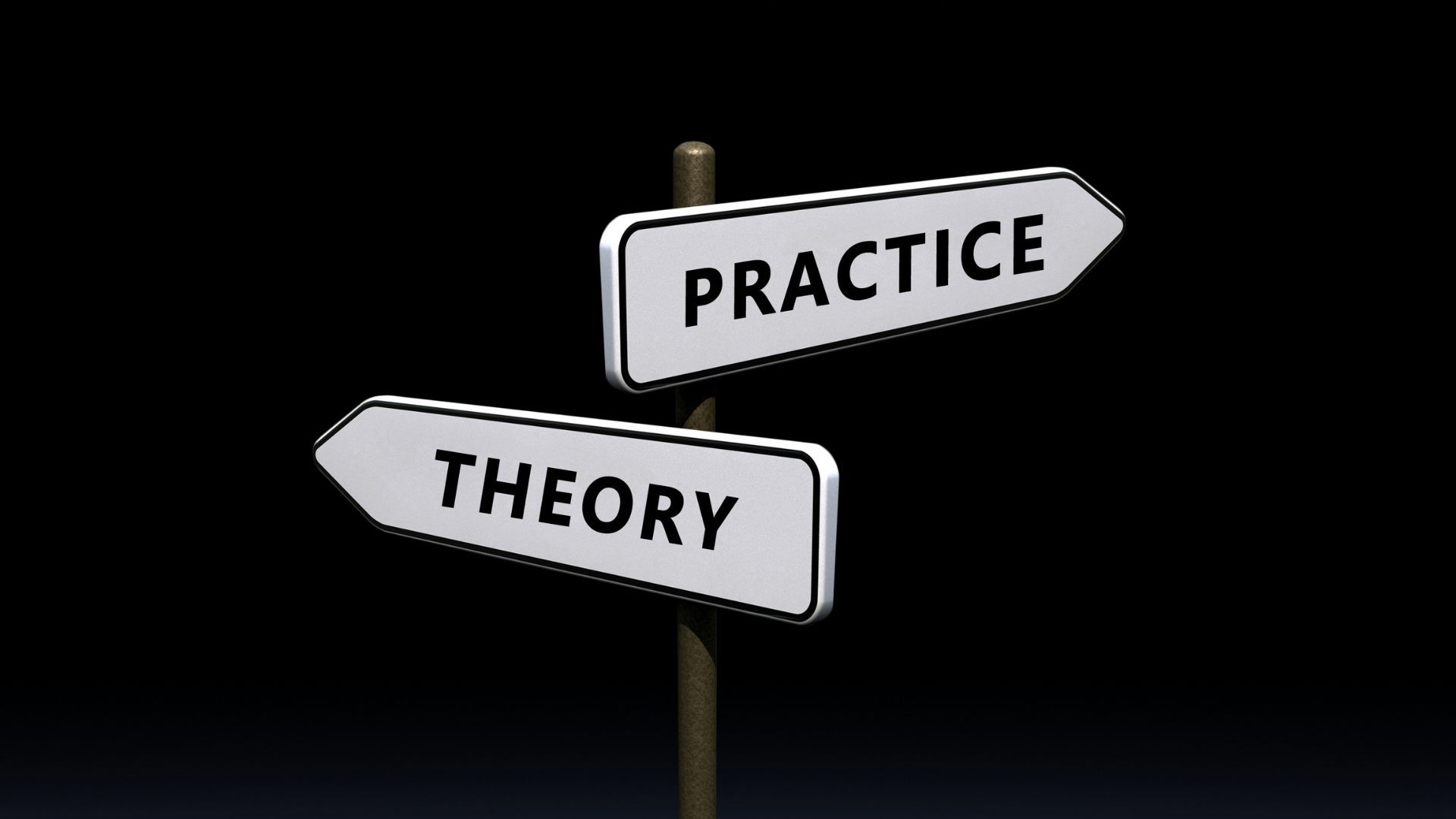Working from home: still an employee right, or now an earned privilege?

Working from home: employee right, or earned privilege?
As we look towards 2025, the conversation around workplace flexibility remains a key focal point for employers and employees alike. Work-from-home arrangements, which surged during the COVID-19 pandemic, continue to evolve, shaping how we define productivity, job satisfaction, and talent retention. According to recent data, 37% of Australians are still regularly working from home, while 30% say they would consider changing jobs if their desired work model wasn't available. This demonstrates a shift in expectations, where flexibility is no longer a perk but a critical component of workplace dynamics.
Employers like Amazon have begun mandating office returns, but these efforts come with pushback, as employees increasingly view remote work as a right rather than a privilege. Balancing these shifting expectations is critical for retaining talent, and companies are navigating how to maintain productivity, culture, and inclusivity in this new era. Understanding the evolving landscape of work is essential to stay ahead in a highly competitive labour market that demands innovation and adaptability.
The economic benefits of remote work are also notable. By allowing employees to work from home, companies can reduce overhead costs, such as office space and utilities, while employees save on commuting expenses. This mutual benefit has further solidified the argument for maintaining flexible work arrangements. Additionally, remote work has opened opportunities for individuals in regional or remote areas, providing them access to jobs that were previously limited to major cities. This geographic diversification of talent is another advantage that companies are beginning to fully realise as they adapt to new working models.
"The rise of remote work has significantly reshaped the hiring landscape."
In a recent segment of "people2people’s Australian Market Update: Thrive in 2025," host Mary Savova, Temporary Team Leader at people2people, spoke with Steph Croker, a Legal Professional Consultant, about the growing impact of flexible work arrangements and how this impacts both hiring and retention.
"The rise of remote work has significantly reshaped the hiring landscape," Steph noted during the conversation. She explained that employers are now open to hiring talent from diverse locations rather than sticking to the immediate geographic area. This shift has expanded the potential talent pool but also made the job market more competitive, as candidates increasingly look for roles that offer the flexibility they desire.
Mary raised the topic of employers' concerns regarding full remote work and asked Steph about their validity in 2024. Steph acknowledged that while initial concerns included decreased productivity and weakened company culture, many of these fears have been mitigated. "Numerous studies show that remote workers often outperform their in-office counterparts," Steph highlighted. Employers have adapted by leveraging modern collaboration tools and focusing on shared goals to maintain productivity. Steph also touched on security, noting that companies have increasingly implemented strong cybersecurity policies to protect sensitive data, making remote work feasible without compromising data integrity.
Mary also shared her perspective on how junior staff may struggle with remote arrangements due to a lack of in-person learning opportunities. "So much of what we know is through osmosis and learning by just being present with people," Mary observed. She suggested that integrating more intentional opportunities for juniors to learn—even when remote—could mitigate these downsides, ensuring that they still receive the mentorship they need.
When discussing the impact of forcing employees back to the office, Steph didn’t hold back. "Forcing employees back to the office will inevitably have negative consequences—decreased morale, increased burnout, and higher turnover rates," she asserted. She also emphasised the importance of maintaining inclusivity: "Forcing employees back into the office can disproportionately impact individuals who are caregivers, those with disabilities, or anyone with specific needs."
Both Mary and Steph agreed that flexibility in the workplace is not only about maintaining productivity but also about fostering a supportive environment. Mary added, "The companies that can balance flexibility with team cohesion will be the ones to attract and retain top talent moving forward."
How Companies Can Adapt in 2025
As we move into 2025, it will be crucial for businesses to adapt their policies to support employees' evolving needs. Here are some key strategies to consider:
- Gradual Transition to Hybrid Models: Instead of imposing strict office mandates, companies can slowly transition to hybrid models that allow employees a blend of remote and in-office work. This approach will help balance productivity, team dynamics, and individual preferences, reducing resistance and fostering a more inclusive environment.
- Tailored Flexibility Plans: Businesses need to recognise that flexibility means different things to different people. By tailoring plans that address individual needs, such as offering remote options to caregivers or flexible hours for those with specific commitments, companies can create a positive employee experience.
- Focus on Health and Wellbeing: Supporting mental and physical health is key to employee satisfaction. Businesses should prioritise initiatives like regular mental health check-ins, ergonomic support for remote workers, and promoting a healthy work-life balance.
- Emphasise Team Connection: To address concerns about weakened company culture, companies should continue investing in team-building activities, both virtual and in-person. Structured mentorship programs can also bridge the gap for juniors and ensure knowledge sharing continues, regardless of physical location.
- Open Dialogue: Encourage ongoing communication about flexibility preferences and work expectations. Listening to employees and adapting as needed will help build trust, increase morale, and reduce turnover.
Flexibility is no longer just a preference; it's a necessity that companies must address if they want to thrive in the modern workplace. Employers who take proactive steps to adapt to these changing dynamics are more likely to not only retain their top talent but also attract the best in a competitive labour market.
Find the job you love I Find the right talent
Get in touch with people2people
Australia I United Kingdom
In business since 2002 in Australia, NZ, and the United Kingdom, people2people is an award-winning recruitment agency with people at our heart. With over 12 offices, we specialise in accounting and finance, business support, education, executive, government, HR, legal, marketing and digital, property, sales, supply chain, and technology sectors. As the proud recipients of the 2024 Outstanding Large Agency and Excellence in Candidate Care Awards, we are dedicated to helping businesses achieve success through a people-first approach.
Find the job you love I Find the right talent
Get in touch with people2people
Australia
I
United Kingdom
In business since 2002 in Australia, NZ, and the United Kingdom, people2people is an award-winning recruitment agency with people at our heart. With over 12 offices, we specialise in accounting and finance, business support, education, executive, government, HR, legal, marketing and digital, property, sales, supply chain, and technology sectors. As the proud recipients of the 2024 Outstanding Large Agency and Excellence in Candidate Care Awards, we are dedicated to helping businesses achieve success through a people-first approach.
Recent articles





Latest Media Features
List of Services
-
11 tips for employers to succeed in 202511 tips for employers to succeed in 2025
Human Resources Online
February 14, 2025 -
How will advisers’ salaries change this year?How will advisers’ salaries change this year?
Money Management
Janurary 17, 2025 -
Being a supportive employer in 2025Being a supportive employer in 2025
Money Management
January 6, 2025
List of Services
Get in touch
Find out more by contacting one of our specialisat recruitment consultants across Australia, New Zealand, and the United Kingdom.
Copyright © 2025, people2people
people2people acknowledges the Traditional Custodians of country, pays respect to their Elders past and present, and extends that respect to all Aboriginal, Torres Strait Islander and Māori peoples today.
people2people partners with CarbonInvoice to measure and mitigate any carbon emissions associated with the work we do.
Specialisations
Locations
Resources

